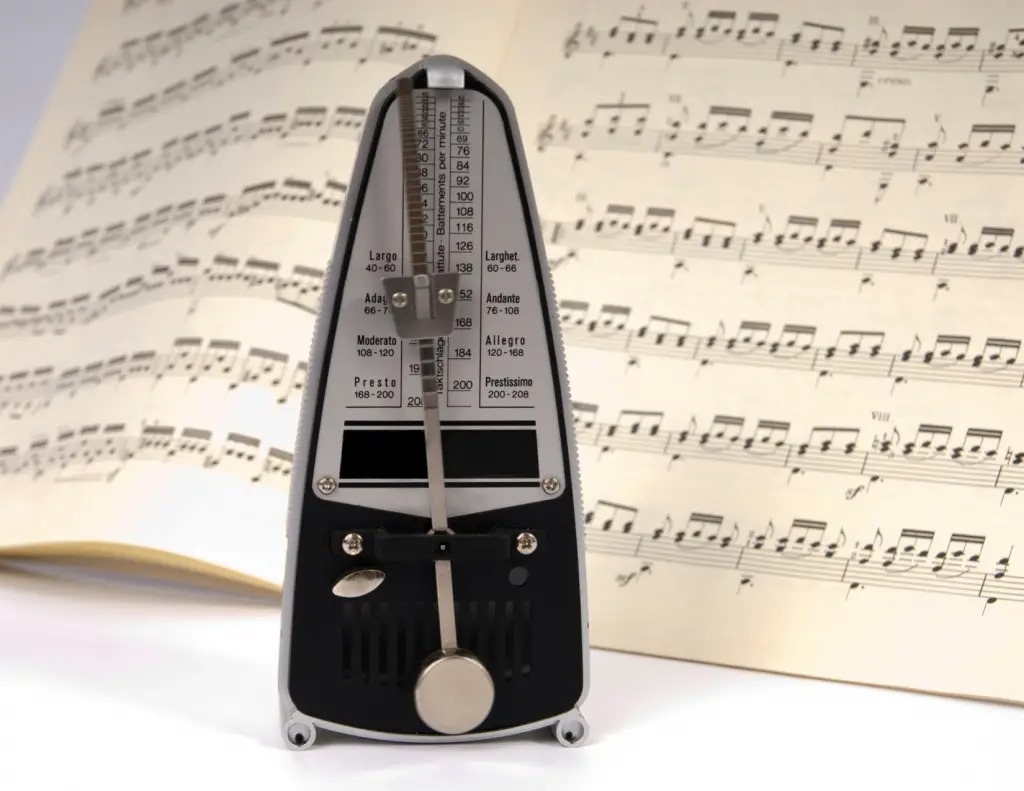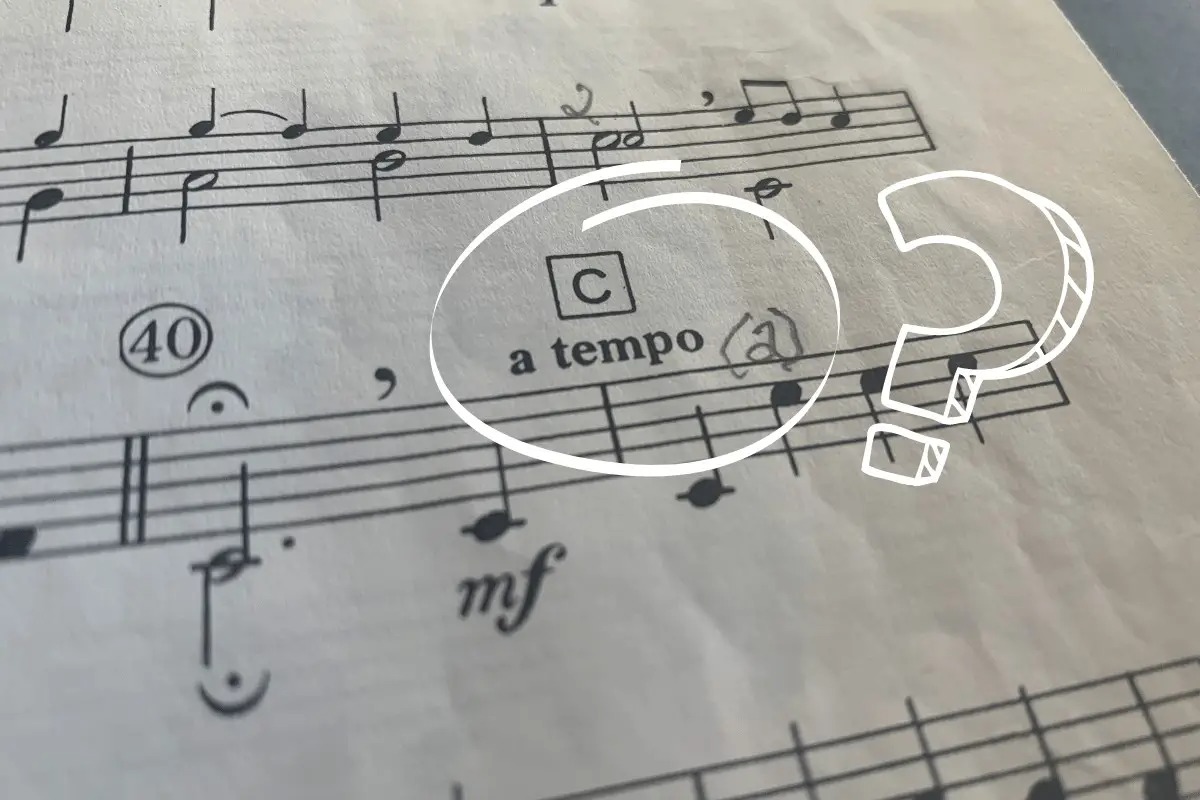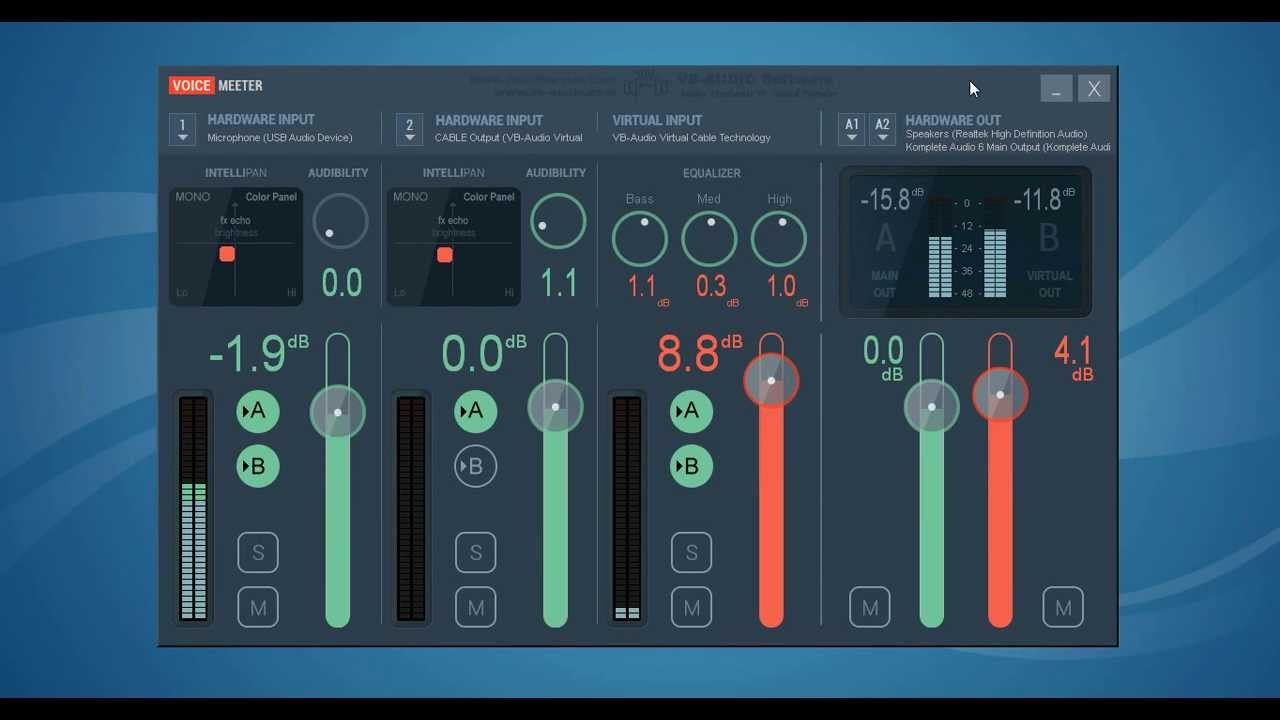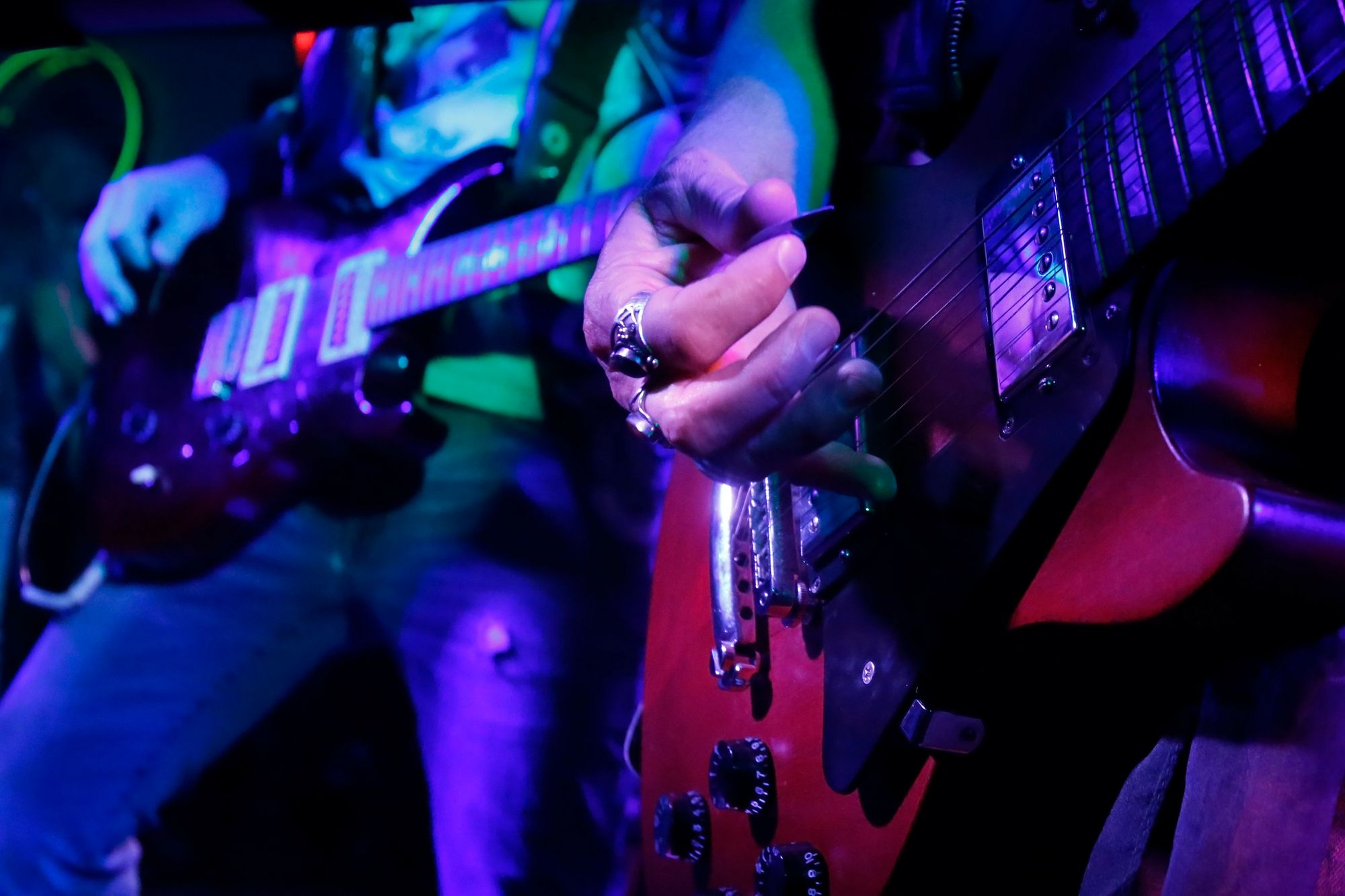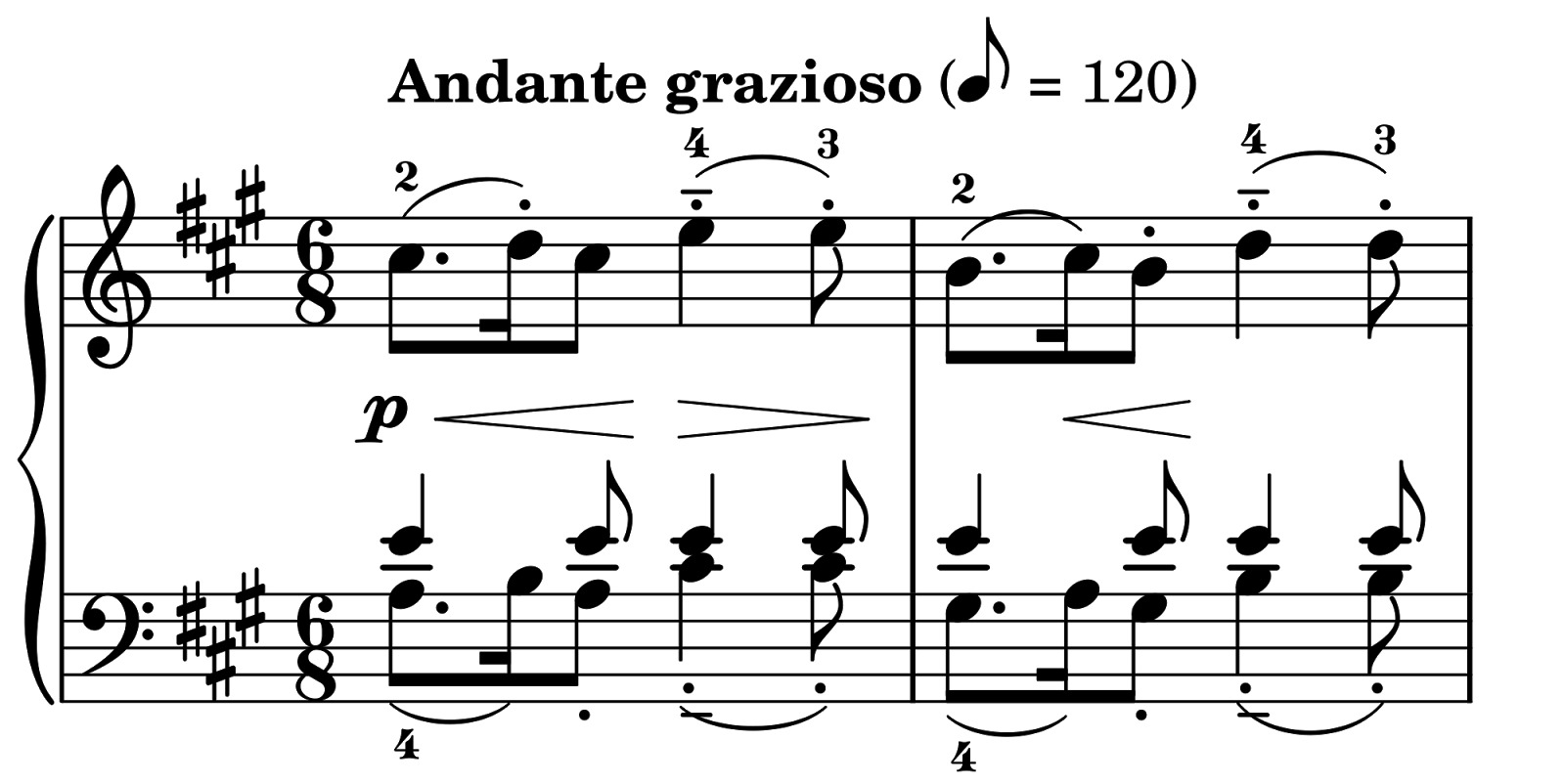Home>Production & Technology>Tempo>How Are Beat And Tempo Related To The Meter Of A Piece Of Music
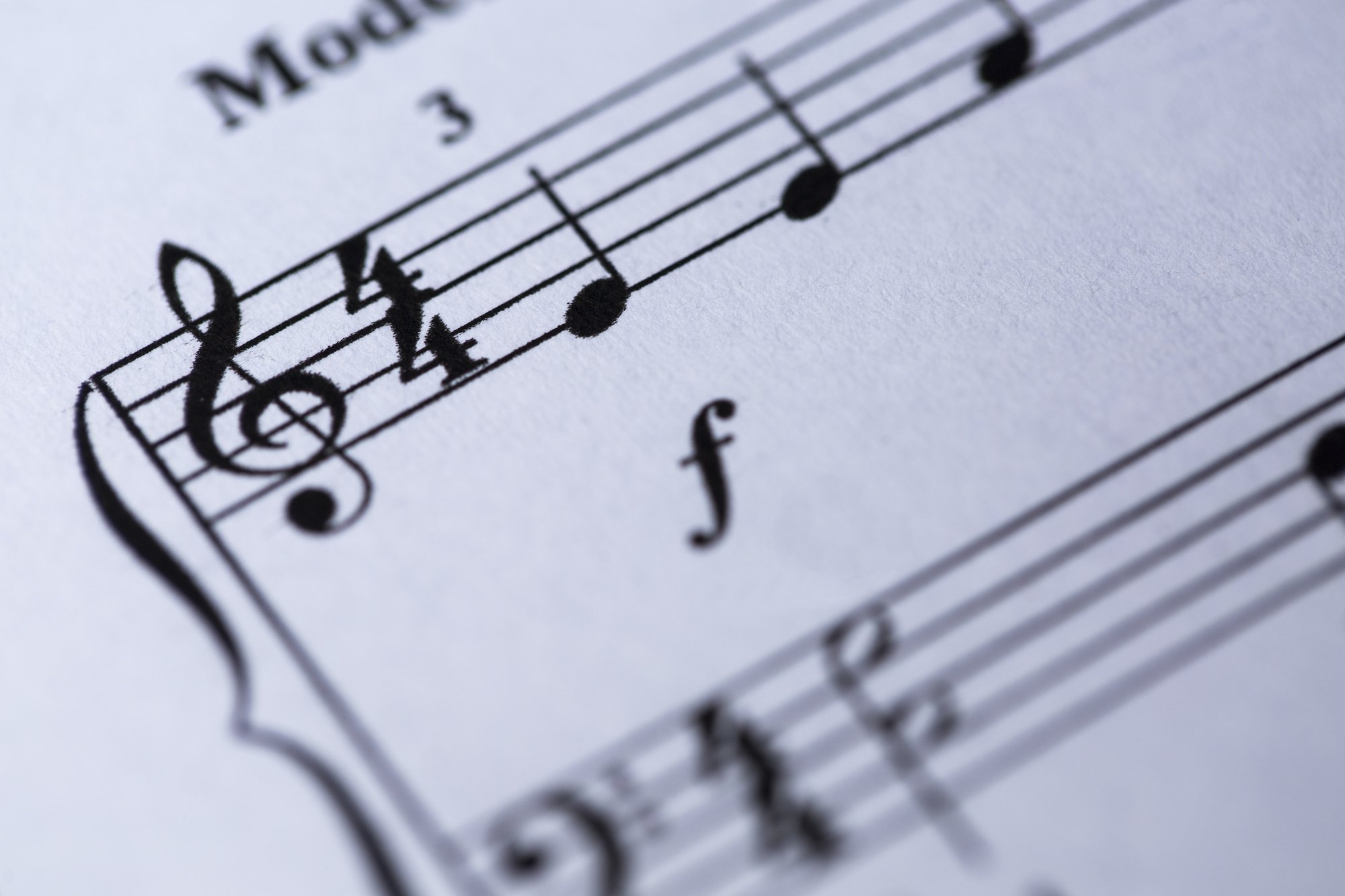

Tempo
How Are Beat And Tempo Related To The Meter Of A Piece Of Music
Published: December 10, 2023
Discover the relationship between beat, tempo, and meter in music. Explore how tempo influences the overall feel and rhythm of a piece.
(Many of the links in this article redirect to a specific reviewed product. Your purchase of these products through affiliate links helps to generate commission for AudioLover.com, at no extra cost. Learn more)
Table of Contents
Introduction
Welcome to the dynamic world of music! In this article, we will explore the fascinating relationship between beat, tempo, and meter in a piece of music. These three elements form the foundation of any musical composition, dictating its rhythm and structure. Understanding how they intertwine is key to appreciating and analyzing music in a meaningful way.
Music is more than just a collection of notes and melodies. It is a language that speaks to our emotions, evokes memories, and brings people together. The beat, tempo, and meter of a piece of music are like its heartbeat, regulating its flow and providing the listener with a sense of structure and predictability.
The beat is the pulse or underlying rhythmic pattern that drives a musical composition. It is what you tap your foot or nod your head to when listening to a song. It gives music its sense of momentum and groove, and it helps musicians and listeners stay in sync.
Tempo, on the other hand, refers to the speed at which the music is played. It determines how fast or slow a piece feels, just like the pace at which we walk or run. Tempo can vary greatly from one piece to another, and it has a significant impact on the mood and character of the music.
Meter is the organizing framework of a piece of music. It establishes a recurring pattern of strong and weak beats, creating a sense of rhythmic stability. Meter can be simple or complex, and it is denoted by a time signature, such as 4/4 or 3/4, which indicates the number of beats in each measure and the type of note that receives the strong beat.
Now that we have a general understanding of beat, tempo, and meter, let’s dive deeper into their relationship and explore how they interact to create the rhythmic foundation of a musical composition.
Beat: Definition and Importance in Music
The beat is the fundamental rhythmic unit in music. It is the pulse that drives the music forward and gives it a sense of time and groove. The beat is what we instinctively tap our feet or clap our hands to when we listen to a song. It provides a consistent and steady reference point that keeps the musicians and listeners in sync.
In music, the beat is notated by a series of evenly spaced vertical lines called bar lines. Each bar represents a specific number of beats, typically indicated by the time signature. For example, in common time (4/4), there are four beats in each bar, and the strong beat is usually emphasized to create a sense of rhythmic stability.
The importance of the beat in music cannot be overstated. It serves as the foundation upon which all other musical elements are built. Melodies, harmonies, and rhythms are all organized and structured around the beat. The beat provides a framework for musicians to coordinate their playing and for listeners to engage with the music.
Furthermore, the beat is essential for dancers and choreographers to create movement and express themselves rhythmically. In popular music genres such as hip-hop, electronic dance music (EDM), and funk, the beat often takes center stage, driving the energy and groove of the entire composition.
It is worth noting that while the beat is typically a steady and regular pulse, it can also be altered or syncopated to create rhythmic tension and interest. Syncopation refers to intentionally placing accents or emphasis on off-beats, creating unexpected rhythmic patterns. This technique adds complexity and excitement to the music, keeping the listener engaged and intrigued.
Whether you’re a musician, a dancer, or simply a music enthusiast, understanding and feeling the beat is crucial for connecting with the music on a deeper level. It allows you to tap into the inherent rhythmic energy and experience the true essence of the composition.
Tempo: Definition and Significance in Music
Tempo refers to the speed at which a piece of music is played. It determines the rate at which the musical phrases unfold and the overall feel and energy of the composition. Think of tempo as the pace at which we walk or run; it sets the rhythm and intensity of the music.
In musical notation, tempo is indicated by Italian terms such as “adagio” (slow), “allegro” (fast), or “presto” (very fast). These terms provide a general guideline for the desired tempo, but for more precise measurement, beats per minute (BPM) is often used. BPM specifies the number of beats occurring in one minute of the music.
The significance of tempo in music cannot be overstated. It has a direct impact on the mood, emotion, and character of the composition. A fast tempo can create a sense of excitement, energy, and urgency, while a slow tempo may evoke feelings of calmness, contemplation, or even sadness. Tempo is a powerful tool for composers and performers to convey their artistic intentions and engage the listener on an emotional level.
Tempo also plays a vital role in different music genres and styles. For example, in classical music, tempos are meticulously marked by the composers to guide performers in interpreting their compositions. It helps to ensure consistency and authenticity in the performance. In contrast, popular music genres like rock, pop, and jazz often leave more room for interpretation and improvisation, allowing musicians to vary the tempo within a performance, adding dynamics and expression to the music.
Furthermore, tempo is closely linked to the danceability of music. In dance music genres, such as salsa, tango, or disco, the tempo is carefully chosen to match the desired dance style and energetic movements. The tempo sets the pace for dancers to synchronize their steps and connect with the music on a physical level.
It’s worth noting that tempo can change throughout a piece of music, creating variations in mood and energy. These changes are often marked by musical terms like “ritardando” (gradually slower) or “accelerando” (gradually faster), and they add a sense of anticipation and excitement to the composition.
Overall, tempo is a vital element in music that shapes the way we experience and connect with a piece. It sets the pace, mood, and energy, guiding the listener through the musical journey and enhancing our emotional response to the music.
Meter: Understanding the Concept and Its Role in Music
Meter is an essential concept in music that provides the organizational framework for rhythmic patterns. It refers to the recurring pattern of strong and weak beats in a piece of music, creating a sense of rhythmic stability and structure. Meter is denoted by a time signature, such as 4/4 or 3/4, and it plays a crucial role in shaping the rhythmic feel and flow of a composition.
The time signature is represented by two numbers. The top number indicates the number of beats in each measure, while the bottom number signifies the type of note that receives one beat. For example, in 4/4 time, there are four beats in each measure, and the quarter note receives one beat.
The concept of meter goes beyond just counting beats. It establishes a hierarchy of strong and weak beats, with the strong beat typically falling on the first beat of each measure. This consistent pattern of strong and weak beats creates a sense of predictability and establishes the rhythmic foundation of a piece of music.
While the most common meter in Western music is 4/4 (also known as common time), there are various other meters used in different musical genres and cultures. Meters like 3/4 (waltz) or 6/8 (compound meter) create distinct rhythmic feels, adding diversity and interest to the music.
Understanding meter is crucial for musicians as it provides a sense of direction and cohesion in ensemble playing. It allows musicians to synchronize their playing and stay in rhythm with each other. Additionally, meter helps in interpreting and performing the rhythmic nuances of a piece, highlighting the accents and phrasing that contribute to the overall musical expression.
Meter also plays a significant role in the listener’s experience of the music. It guides our sense of time and helps us anticipate musical events, such as chord changes or melodic phrases. The consistent pattern of strong and weak beats provides a sense of familiarity and structure, making it easier for listeners to tap their foot or sway along to the music.
Furthermore, meter interacts with other elements of music, such as melody and harmony, to create intricate rhythmic interplay. The rhythmic patterns and accents determined by meter can enhance the overall musical texture and contribute to the emotional impact of a composition.
In summary, meter is a fundamental concept in music that establishes the rhythmic structure and stability of a composition. It guides musicians in their performance and helps listeners engage with and appreciate the rhythmic complexities of a piece. Understanding meter is crucial for both musicians and listeners alike, as it enhances our rhythmic perception and deepens our connection to the music.
Relationship Between Beat and Meter
The relationship between beat and meter is intricately intertwined, as meter establishes the rhythmic framework within which the beat operates. Beat and meter work together to create a sense of rhythm, pulse, and structure in a piece of music.
The beat is the underlying pulse or rhythmic pattern that drives a composition. It is the steady and consistent pulse that we tap our foot or nod our head to. The beat provides a sense of momentum and groove, keeping the music flowing and giving it a sense of forward motion.
Meter, on the other hand, defines the organization of beats into recurring patterns of strong and weak beats. It establishes the time signature and dictates the number of beats in each measure. For example, in 4/4 time, there are four beats in each measure, with the first beat typically being the strongest.
The relationship between beat and meter is based on the alignment of the beat with the strong and weak beats established by the meter. The strong beats often fall on the first beat of each measure, and the weak beats fall on the subsequent beats, creating a sense of rhythm and structure.
For example, in a simple 4/4 meter, the beat may be felt as a consistent pulse that aligns with the strong beats on counts 1, 2, 3, and 4. Musicians and listeners can tap their foot or count along with the music, synchronizing their actions with the beat and the meter.
However, there can also be complexities in the relationship between beat and meter. Syncopation, for instance, introduces off-beat accents and rhythms that create tension and add interest to the music. These syncopated rhythms may align the beat with the weak beats of the meter, creating a sense of anticipation and rhythmic complexity.
The relationship between beat and meter is crucial for musicians in terms of ensemble playing and coordination. It helps musicians stay in rhythm with each other, ensuring that their individual beats align with the strong and weak beats specified by the meter. This synchronization enhances the overall cohesiveness and tightness of the performance.
Furthermore, the relationship between beat and meter influences the listener’s perception and experience of the music. The clear alignment of the beat with the strong beats of the meter provides a strong sense of rhythm and structure, making the music more accessible and enjoyable to engage with.
In summary, the relationship between beat and meter is essential in creating a rhythmic foundation in music. The beat provides the pulse and groove, while the meter establishes the recurring patterns of strong and weak beats. Together, beat and meter work harmoniously to shape the rhythmic structure and drive the overall rhythm and feel of a composition.
Relationship Between Tempo and Meter
The relationship between tempo and meter in music is a crucial aspect that affects the overall feel and interpretation of a composition. Tempo refers to the speed at which a piece of music is performed, while meter establishes the rhythmic framework and organization of beats within measures.
The tempo of a piece and the meter it is written in complement each other to create the rhythmic character and energy of the music. The tempo sets the overall pace and speed at which the music is played, while the meter establishes a recurring pattern of strong and weak beats within measures.
When a piece of music is written in a specific meter, the tempo can be chosen to enhance the inherent rhythmic qualities of that meter. For example, in a fast tempo, the beats of the meter may be felt and emphasized more strongly, giving the music a sense of vitality and energy.
Conversely, a slower tempo may allow for more space and nuance within the meter, allowing the listener to appreciate the subtle rhythmic intricacies. This can create a sense of relaxation or contemplation, depending on the mood and context of the composition.
While tempo and meter can be chosen independently, they often go hand in hand. For instance, a piece in a quick tempo might be written in a metric pattern that highlights the speed and motion of the music. Conversely, a slower tempo may be chosen to allow for a more intricate or complex meter to be heard and appreciated.
However, it’s essential to note that the relationship between tempo and meter is not fixed. Musicians have the freedom to interpret the music and adjust the tempo within the framework established by the meter. This flexibility allows for artistic expression and interpretation, enabling musicians to bring their unique style and interpretation to the composition.
The interplay between tempo and meter can also create interesting rhythmic effects. For example, a fast tempo combined with a complex meter can result in intricate rhythmic patterns that challenge both performers and listeners. Conversely, a slow tempo combined with a simple meter can create a deliberate and deliberate sense of tension or anticipation.
In summary, the relationship between tempo and meter is an essential aspect of music. The tempo sets the pace and speed of the music, while the meter establishes the rhythmic framework. The choices made in tempo and meter can greatly impact the overall feel and interpretation of a piece, allowing musicians to convey specific emotions and engage listeners in a rhythmic journey.
Examples of Different Beat-Meter-Tempo Combinations in Music
Music is a diverse and ever-evolving art form, and different combinations of beat, meter, and tempo can create a wide range of rhythmic possibilities. Let’s explore some examples of how these elements can come together to shape the rhythm and feel of music.
- Rock Music: Rock music often features a strong and driving beat with a 4/4 meter. The tempo can vary depending on the subgenre, ranging from moderate tempos in classic rock to fast and aggressive tempos in punk or hard rock.
- Salsa Music: Salsa music combines syncopated beats with a 2/3 clave pattern. The tempo is usually fast to encourage energetic dancing, adding a sense of liveliness and excitement to the music.
- Jazz Music: Jazz is known for its complex rhythms and improvisatory nature. The beat can vary, often utilizing swing or syncopated rhythms, while the meter may be more flexible, accommodating irregular phrasing. The tempo can range from slow and smooth ballads to fast and energetic bebop or fusion tunes.
- Reggae Music: Reggae music typically features a relaxed and laid-back beat with a strong emphasis on the off-beat or the upbeat. The meter is often in 4/4 or 4/4 shifted to emphasize the backbeat. The tempo is usually slow to medium, allowing for a steady groove and incorporating rhythmic elements such as skanking.
- Classical Music: Classical music employs a wide variety of beat, meter, and tempo combinations. For example, a symphony might feature a combination of various meters, such as 3/4, 4/4, or 6/8, with tempos ranging from slow adagios to lively allegros. These combinations create dynamic and expressive musical landscapes.
- Hip-Hop Music: Hip-hop music often utilizes a strong and steady beat with a 4/4 meter, providing a solid foundation for rap verses and the rhythmic elements of the music. The tempo can vary depending on the subgenre, with some tracks featuring slower, laid-back beats, while others may have faster, more energetic tempos.
These are just a few examples of the countless combinations of beat, meter, and tempo found in various music genres. Each combination can evoke different emotions, intensify the groove, or create a particular rhythmic atmosphere. The possibilities are endless, and exploring the endless combinations of beat, meter, and tempo is part of what makes music so rich and captivating.
By experimenting with different beat-meters and adjusting the tempo, musicians can create unique and captivating rhythmic experiences for the listeners. Whether it’s the steady rock beat, the infectious salsa rhythm, or the improvisatory nature of jazz, the combinations of beat, meter, and tempo shape the rhythm and bring music to life.
Conclusion
Understanding the relationship between beat, tempo, and meter is essential for appreciating and analyzing music. These three elements form the foundation of rhythm in a composition, shaping its structure, energy, and overall feel. The beat provides the pulse and groove, while tempo determines the speed of the music. Meter establishes the rhythmic framework, organizing the beats into recurring patterns of strong and weak beats. Together, they create a cohesive rhythmic tapestry that defines the essence of a piece.
Throughout this article, we have explored the definitions and significance of beat, tempo, and meter in music. We have seen how the beat drives the music forward, the tempo sets the pace, and the meter establishes the rhythmic structure. We have also examined the interplay between these elements, showcasing examples from different music genres to demonstrate their diverse combinations.
Whether it’s the driving beat of rock music, the syncopated rhythms of salsa, the improvisatory nature of jazz, or the diverse combinations found in classical or hip-hop music, each composition showcases a unique blend of beat, meter, and tempo. These elements work in harmony to create rhythm, pulse, and structure, captivating listeners and evoking emotions.
By gaining a deeper understanding of beat, tempo, and meter, musicians can enhance their performance and interpretation of music. Listeners can develop a greater appreciation for the rhythmic complexities and engage with the music on a deeper level. The dynamic interplay of beat, tempo, and meter is what brings music to life, making it a universal language that transcends barriers and speaks to our souls.
So, the next time you tap your foot or dance to a song, take a moment to appreciate the intricate relationship between beat, tempo, and meter. Listen closely to how they interact, and let yourself be swept away by the rhythmic journey that music provides. It’s a journey that can touch our hearts, move our bodies, and create profound connections. Music truly is a remarkable and powerful force, and beat, tempo, and meter are the keys that unlock its rhythmic magic.


